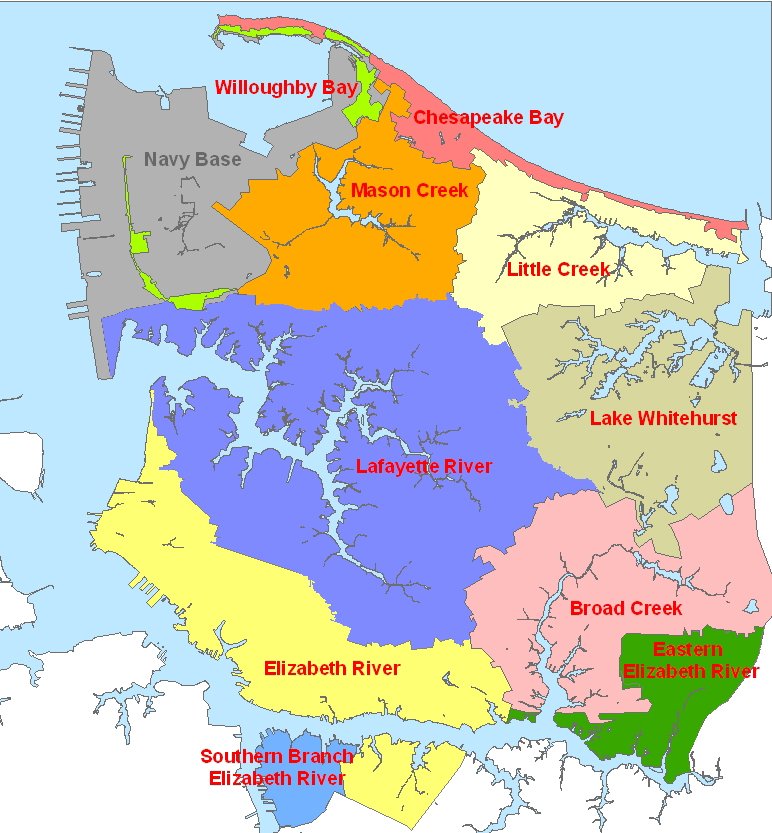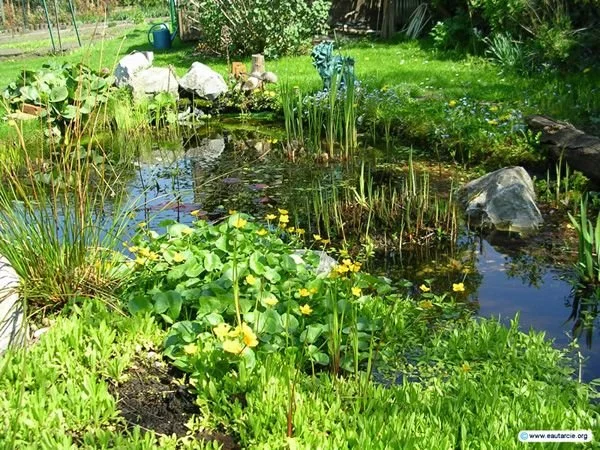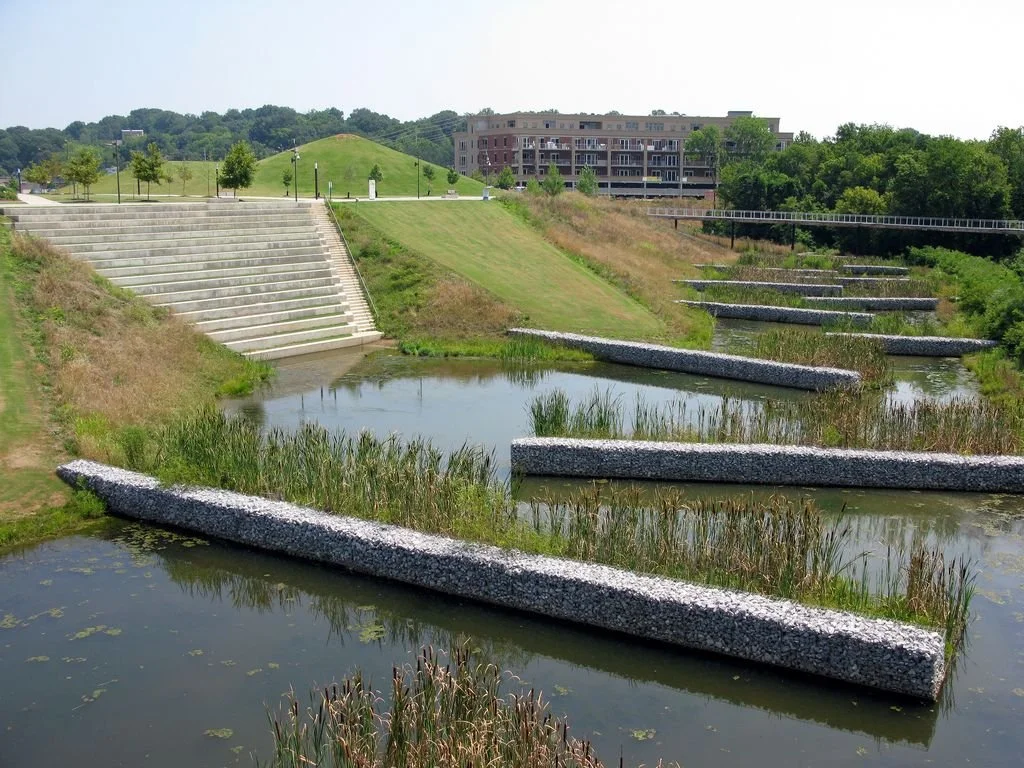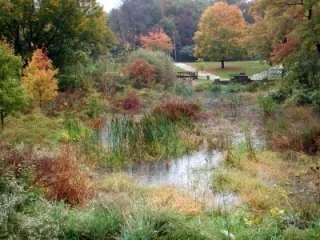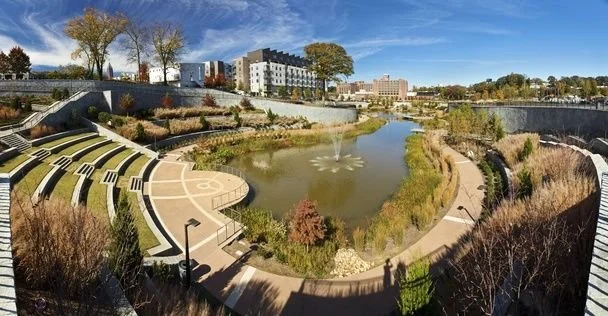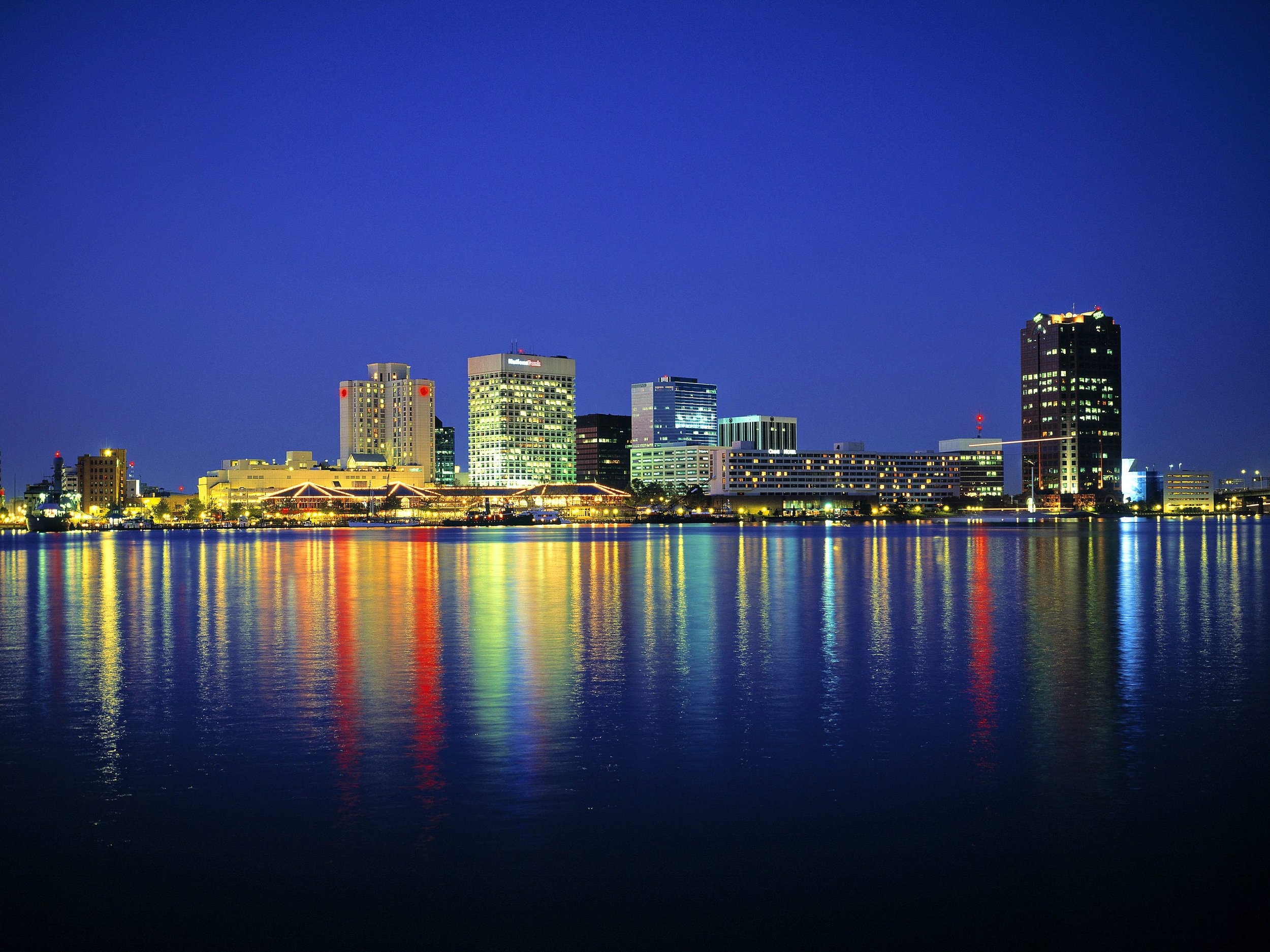
Enhancing Urban Flood Resilience and Equity in Coastal Communities through the Co-Design of Community Capitals
Climate change poses a great threat to urban coastal communities.
Our Mission: strengthen urban flood resilience and promote equity by co-designing and implementing green infrastructure interventions that reflect and build upon community-identified assets and needs.
Enhancing Climate Change Resilience
Growing Climate Change Concerns:
rising sea levels, increasing tidal and storm-related flooding
more frequent and severe rainfall and storms
increased storm surges, pushing seawater further inland
coastal erosion, leading to land loss and increased flooding
Results:
economic disruption impacting businesses, residential area, and critical public infrastructure
floodwaters can mobilize contaminants, elevating health concerns
Pictured Right: Mika Baumeister courtesy of Unsplash
Coastlines and People CoPe Urban C5 Research Project
Enhancing Urban Flood Resilience and Equity in Coastal Communities through the Co-Generation of Community Capitals.
Communities with limited access to resources and infrastructure investments are often disproportionately affected by flood risks.
Ensuring equitable distribution of sustainable infrastructure is essential for effective flood mitigation and response efforts.
Equity
Disparities in flood exposure and adaptive capacity are often shaped by socioeconomic and historical factors
Goals:
Fair Access to Resources
Inclusive Decision-Making
Risk Reduction for Vulnerable Populations
Equity in the context of climate change and coastal flooding aims to ensure adaptation measures do not unintentionally reinforce existing inequalities, so that no one community is disproportionately affected by the adverse impacts. It seeks to create a more just and inclusive approach to building resilience and adapting to the challenges posed by a changing climate.
Pictured Left: Markus Spiske courtesy of Unsplash
Coastal Community Norfolk, Virginia
Norfolk, Virginia, experiences recurrent flooding driven by sea-level rise and intensified storm events. The city has demonstrated a commitment to resilience through its participation in initiatives such as the Rockefeller Foundation’s 100 Resilient Cities. Norfolk’s history—including patterns of racial segregation, unequal infrastructure investment, and environmental exposure—has contributed to disparities in flood vulnerability and adaptive capacity across neighborhoods. These historical dynamics continue to influence the city’s built environment, land use decisions, and climate adaptation strategies. As such, Norfolk offers a meaningful context for studying how equitable, community-informed resilience efforts can address both present-day flood risks and legacies of uneven development.
Norfolk stands as a valuable case study in our research. Our overarching goal is to develop methods and insights that can be effectively applied to other coastal communities confronted with similar challenges.
Pictured Right: Watersheds in Norfolk, VA courtesy of Norfolk.gov
Green Infrastructure Benefits
-
linked to improved physical, social and mental health: reduced stress levels and enhanced overall well-being
-
absorb and slow down stormwater runoff, reducing the risk of flash floods and overflow of drainage systems during heavy rainfall events
-
filter and purify rainwater, reducing the pollution of rivers and streams
-
natural vegetation and soil in green spaces act as filters, trapping sediment and pollutants carried by stormwater runoff
-
replenishing groundwater by allowing stormwater to percolate into the soil
-
provide habitat for various plant and animal species
-
improve the visual appeal of urban areas, enhancing quality of life
Green Infrastructure Examples


